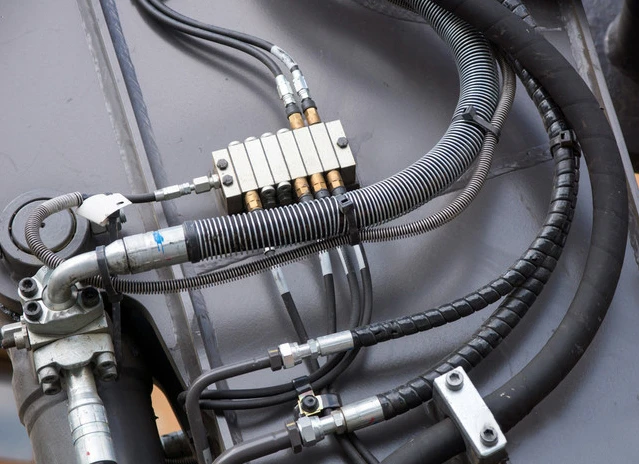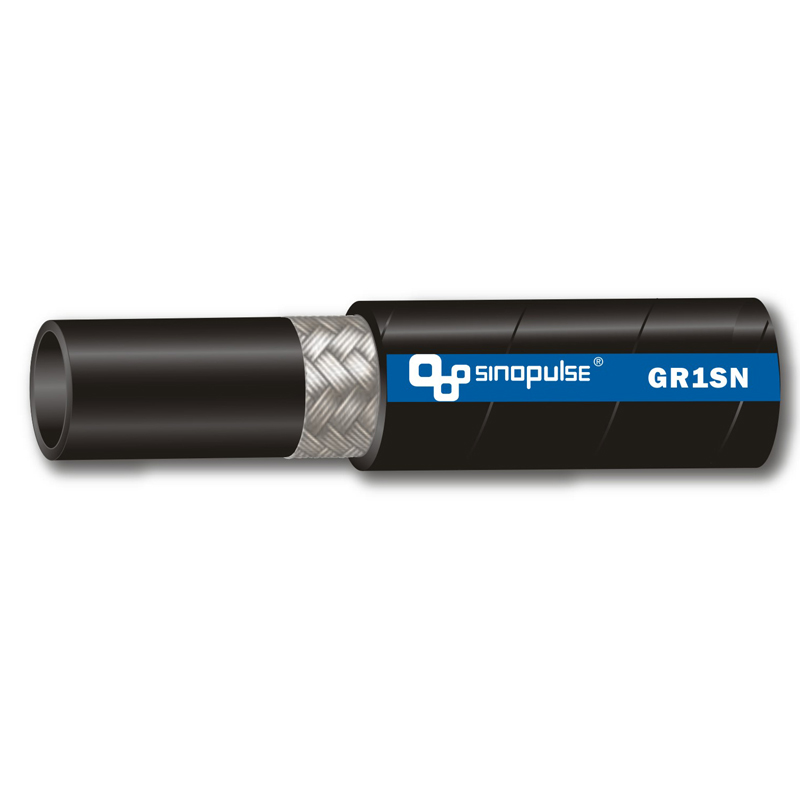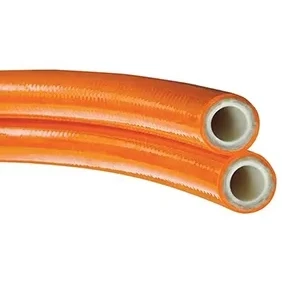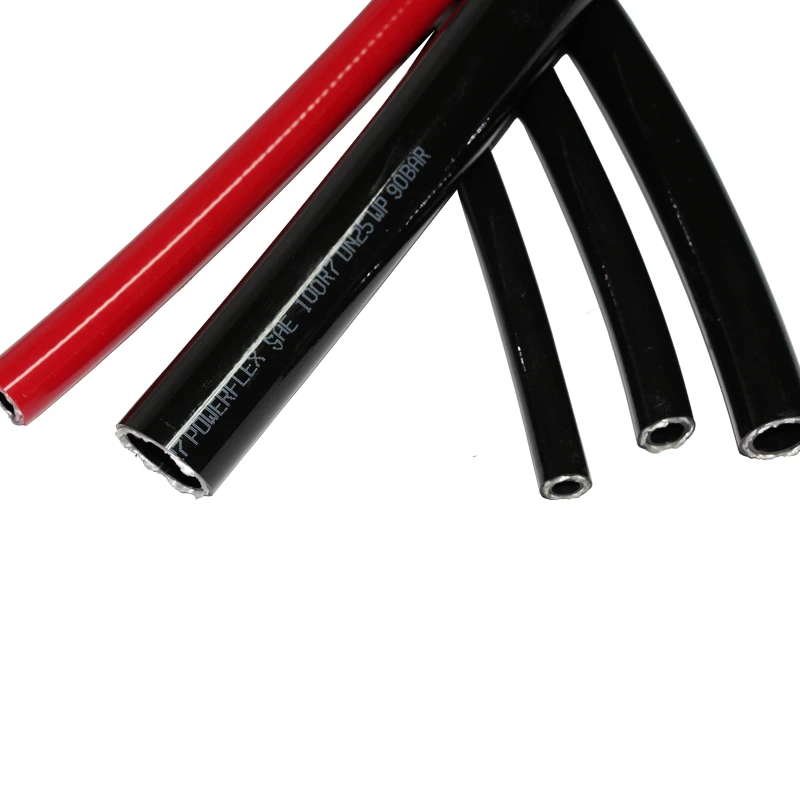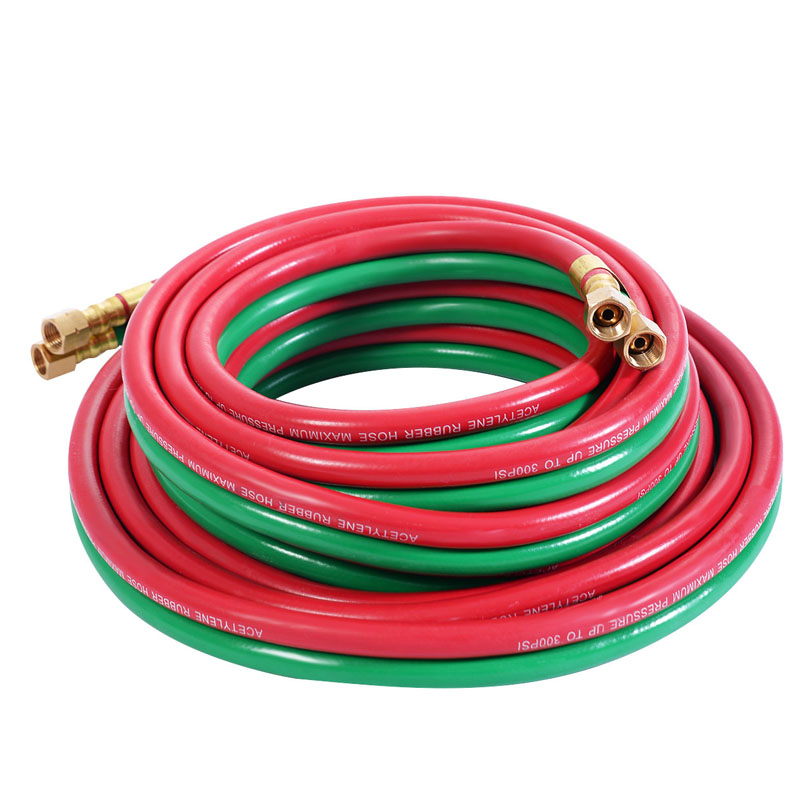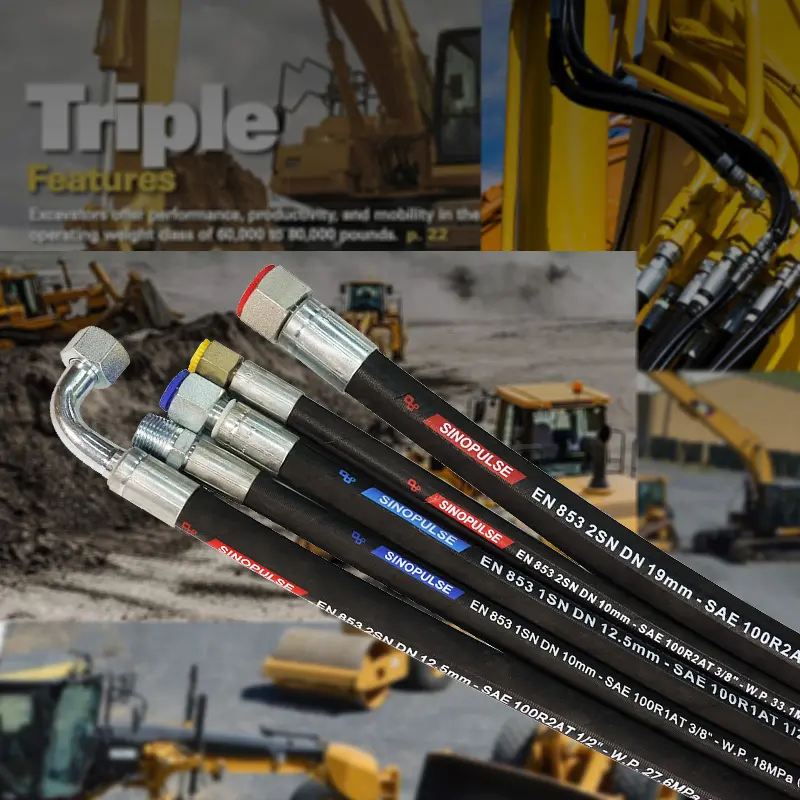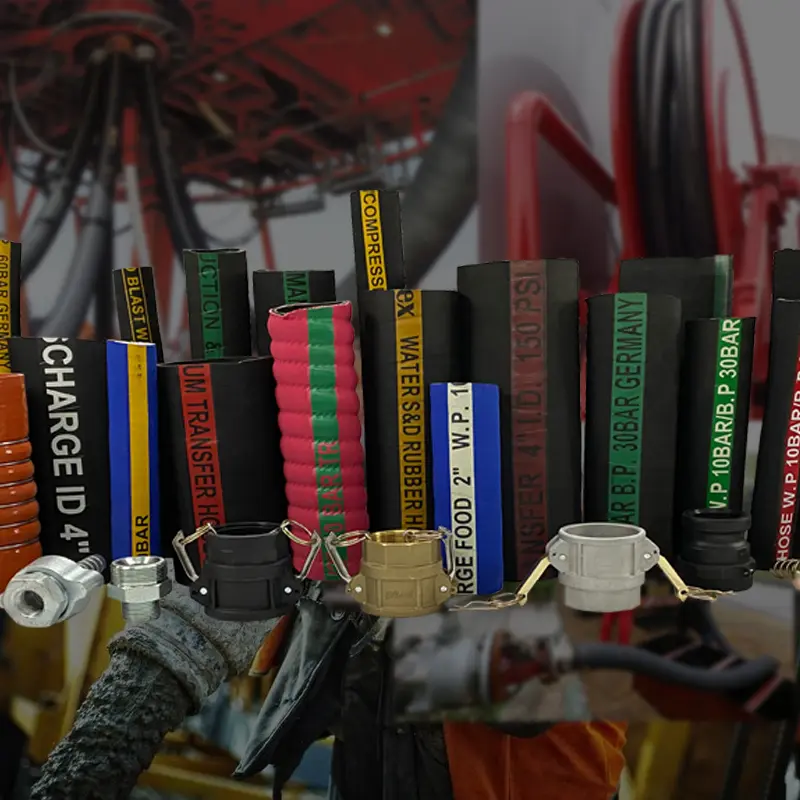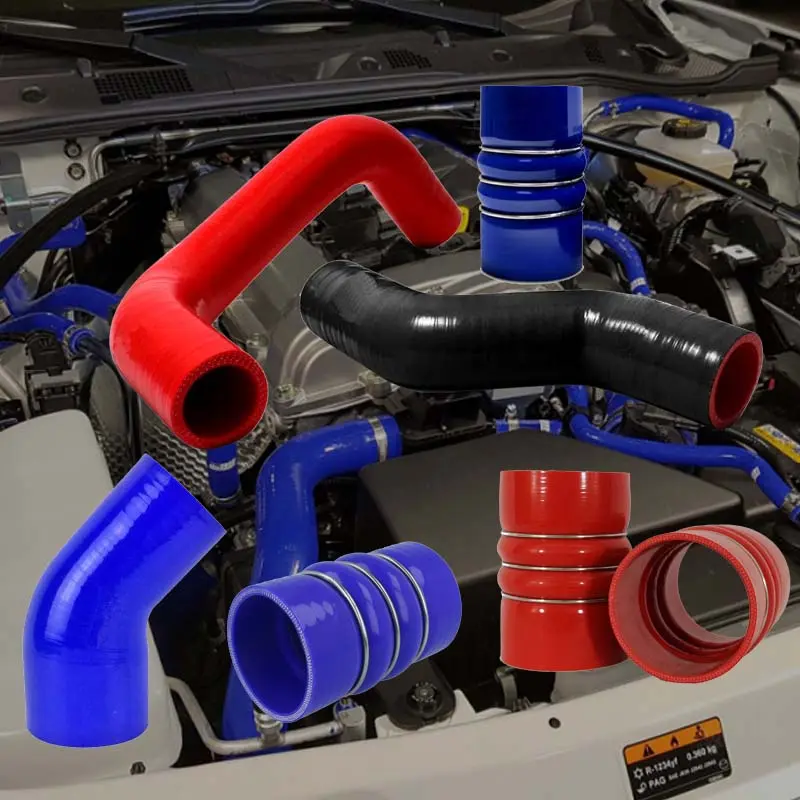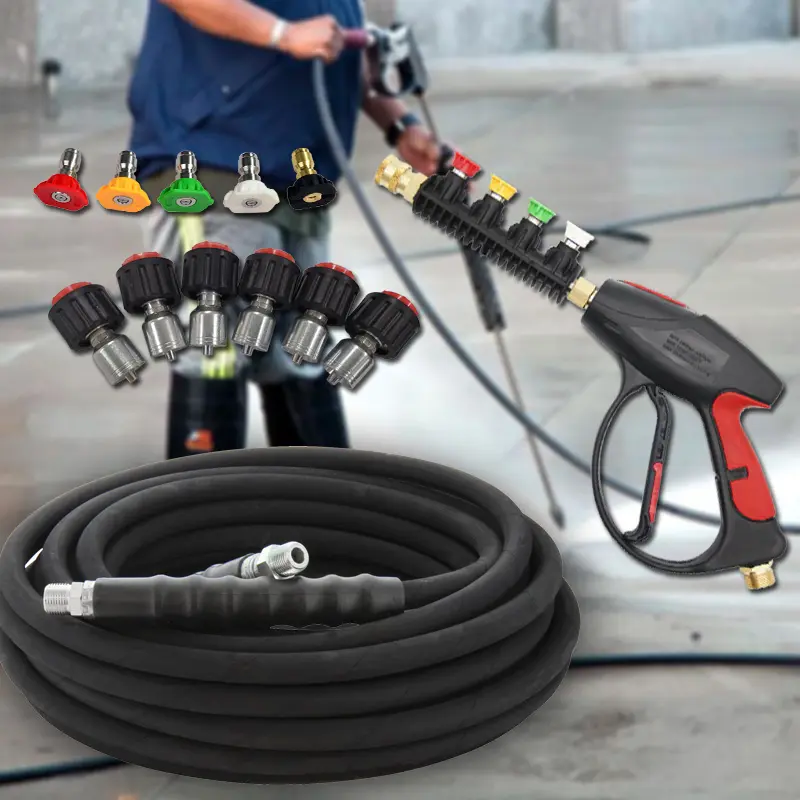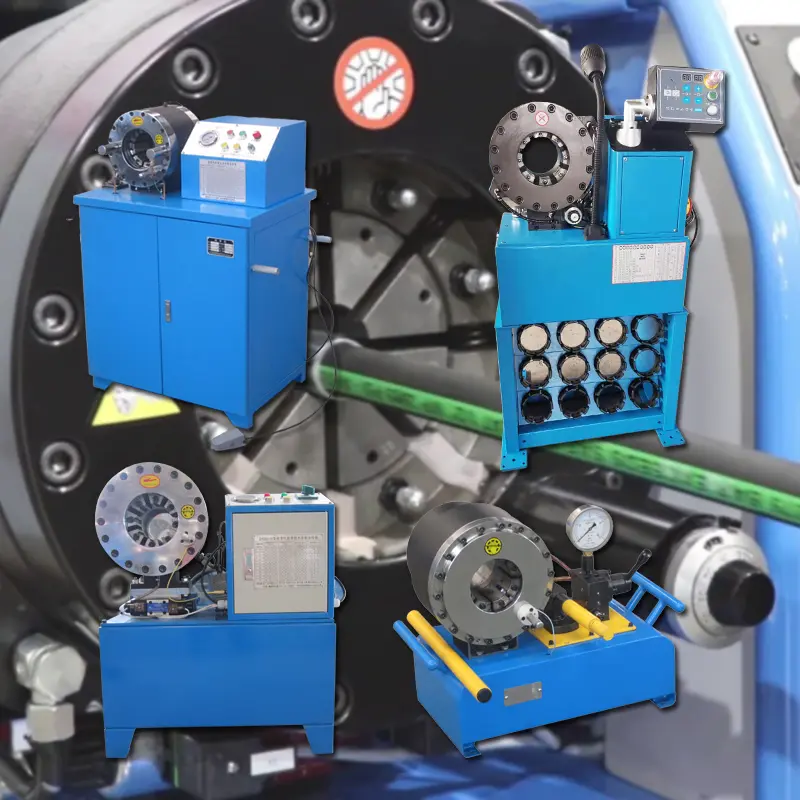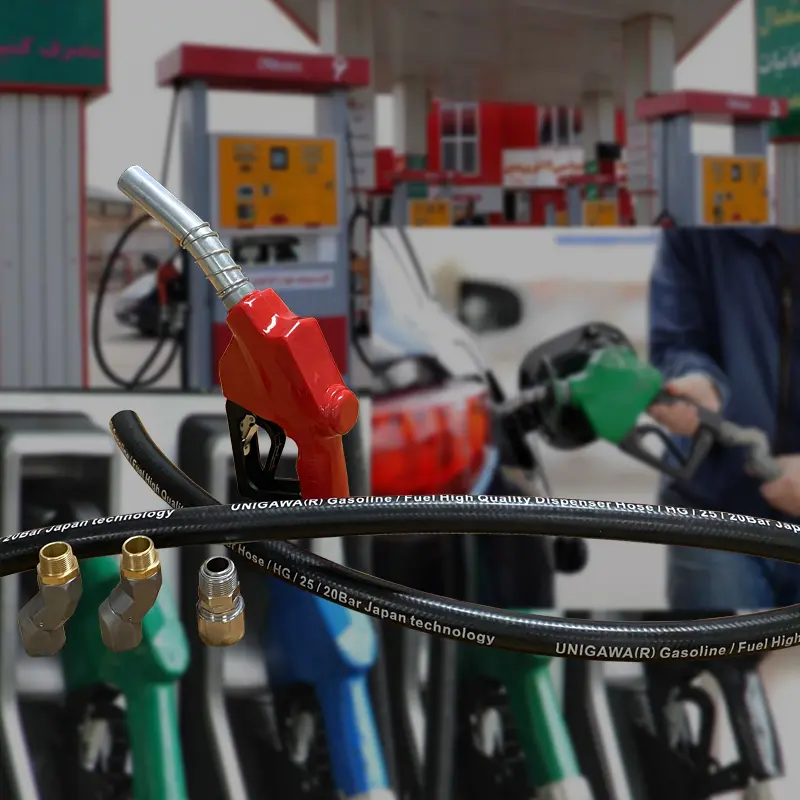Navigating the multifaceted world of hydraulic hoses can be challenging without the right insights
. When selecting the appropriate hydraulic hose for a specific application, understanding the different types significantly contributes to safeguarding the efficiency and longevity of your hydraulic systems. The selection hinges on factors such as pressure capacity, temperature range, material compatibility, and application specifics.
Hydraulic hoses primarily fall into categories such as braided, spiral, thermoplastic, and standard rubber hoses. Each type boasts unique attributes and is suited for particular applications, ensuring optimal performance and safety.
Braided hydraulic hoses are among the most prevalent, recognized for their flexibility and durability. They are typically constructed using layers of reinforcement, often of steel or textile braids. These hoses excel in environments demanding moderate to high pressure resistance and can accommodate a range of fluid types, making them ideal for various industrial applications.
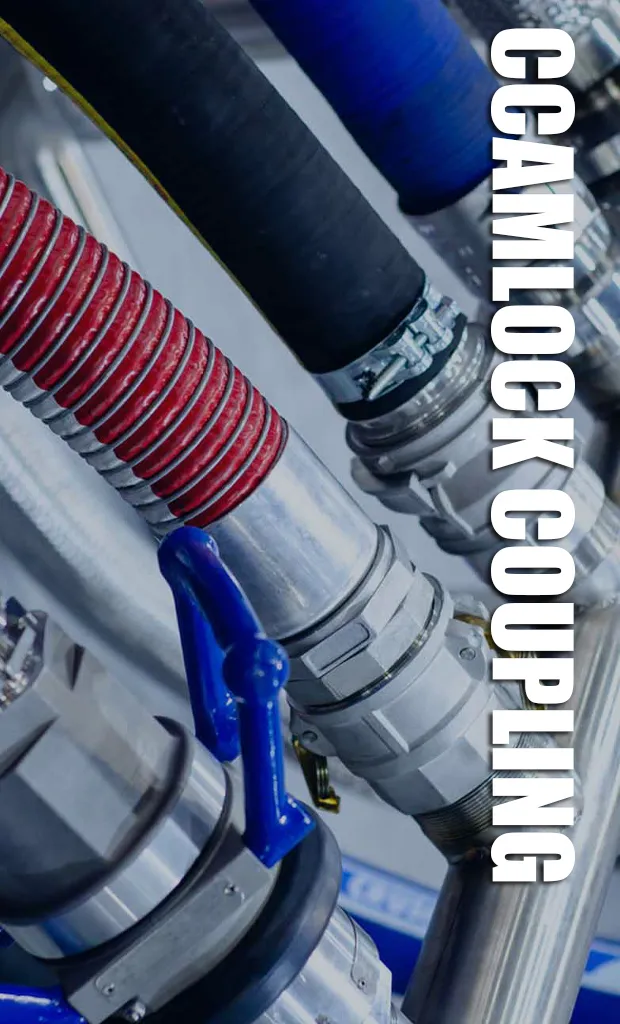
Spiral hydraulic hoses are lauded for their exceptional strength, thanks to the multiple layers of spiraled wire that offer robust reinforcement. Designed for high-pressure conditions, these hoses are integral to heavy-duty construction equipment and industrial machinery where powerful hydraulic capabilities are required. Their robust nature allows them to withstand the intense operating environments typical in mining, oil, and gas industries.
Thermoplastic hoses present another versatile option, noted for their lightweight construction and inherent abrasion resistance. They function excellently in varying temperature ranges, making them suitable for both hot- and cold-weather applications. Thermoplastic hoses are frequently utilized in mobile hydraulic systems, automotive plants, and agriculture, where flexibility and chemical resistance are paramount.
hydraulic hose types
Standard rubber hydraulic hoses offer reliable performance and significant advantages in dissipating heat. Their construction usually involves rubber combined with either fabric or metal reinforcements. Rubber hoses are often utilized in machines operating under less severe conditions where moderate pressure and temperature levels suffice. Their cost-effectiveness and ease of installation make them a staple across numerous industries, ranging from automotive to waste management.
Selecting the right hydraulic hose involves thoroughly understanding the operational environment of your equipment. Temperature extremes require hoses with robust temperature resistance; similarly, selecting a hose with the appropriate abrasion resistance is crucial in heavy-duty applications to prevent wear and tear.
Industry standards such as those set forth by SAE (Society of Automotive Engineers), ISO (International Standards Organization), and other regulatory bodies ensure that hydraulic hoses meet stringent safety and performance criteria. It’s essential to ensure that the hose types selected align with these standards, offering not only reliability but also compliance with industry safety regulations.
Furthermore, working with reputable manufacturers and distributors can bolster your selection process by providing certified products backed by technical support. This partnership often delivers valuable knowledge, aiding in the education about new developments and innovations within the hydraulic hose domain. Ensuring your hydraulic system is equipped with the appropriate type of hose is pivotal in maintaining operational efficiency and reducing downtime. Leveraging expert advice in conjunction with premium-quality hoses guarantees a tailored solution for every hydraulic application need.
Product Application









